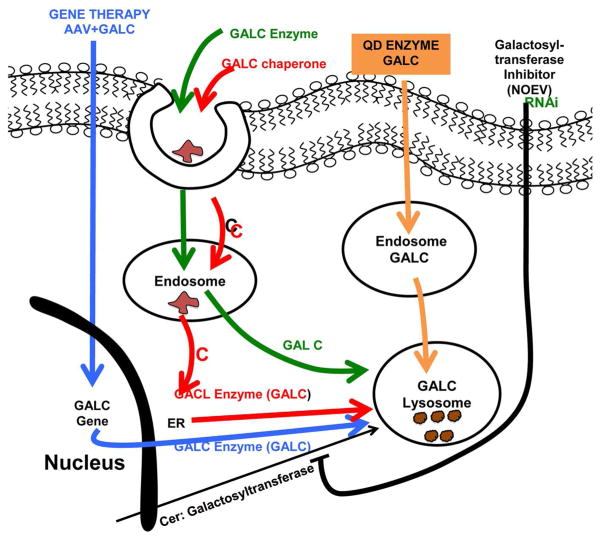Fig 1. Summary of approaches to KD therapy.
- Blue: Adenoviral infection introduces gene for GALC into the CNS genome producing GALC in all cells infected.
- Green: GALC Enzyme with M-6-P binds receptor, is endocytosed and (hopefully) egresses from the endosome and progresses to the lysosome.
- Red: Chaperone (eg NOEV) is endocytosed and (may) escape from the endosome and reach the ER (where it can promote proper folding of misfolded GALC or turn off the unfolded protein response) resulting from point mutations in the GALC gene.
- Orange: Quantum dots (QDs) with PEG600NH2 positively charged coat and surface Zn bind HIS6-GALC enzyme and JB577 cell-penetrating peptide and gain entry to lysosomes, where QDs are detached and enzyme degrades storage material. This construct should theoretically be able to cross the blood-brain barrier by virtue of its lipophilic character and the vKIKK sequence in JB577.
- Black: Substrate-reduction therapy (SRT). The Ceramide:Galactosyltransferase inhibitor ( a theoretical derivative of PDMP or NOEV) gains entry to ER and inhibits de novo synthesis of GALC, resulting in less storage of GalCer and more importantly less GalSph (Psychosine). Since there are currently no useful inhibitors of the Galactosyltransferase and no easy way of achieving reduced synthesis of psychosine, another approach to SRT would be to inhibit the Galactosyltransferase enzyme by RNAi-based technology, using the VKIKK sequence in JB577 to bind the siRNA for the Cer:galactosyltransferase.

